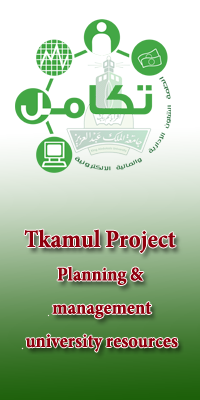| Enterprise resource planning |
(Enterprise resource planning)is a program implemented to integrate all departments and functions across an organization into one entity on the computer system, that which can serve all the individual needs of the various departments. It is based on a compilation of the organization’s information and processes into one system which contains many of the sub- systems and hardware, which are in turn
all integrated into a single database.
|
|
|
| What is SAP ? |
|
ERP is a way to integrate the data and processes of an organization into one single system. Usually ERP systems will have many components including hardware and software, in order to achieve integration, most ERP systems use a unified database to store data for various functions found throughout the organization.
In order for a software system to be considered ERP, it must provide an organization with functionality for two or more systems. While some ERP packages exist that only cover two functions for an organization (QuickBooks: Payroll & Accounting), most ERP systems cover several functions.
Today's ERP systems can cover a wide range of functions and integrate them into one unified database. For instance, functions such as Human Resources, Supply Chain Management, Customer Relations Management, Financials, Manufacturing functions and Warehouse Management functions were all once stand alone software applications, usually housed with their own database and network, today, they can all fit under one umbrella - the ERP system.
|
|
|
 |
|
ERP Improves Productivity
|
Before ERP systems, each department in an organization would most likely have their own computer system, data and database. Unfortunately, many of these systems would not be able to communicate with one another or need to store or rewrite data to make it possible for cross computer system communication. For instance, the financials of a company were on a separate computer system than the HR system, making it more intensive and complicated to process certain functions.
Once an ERP system is in place, usually all aspects of an organization can work in harmony instead of every single system needing to be compatible with each other. For large organizations, increased productivity and less types of software are a result. |
|
|
|
Advantages of ERP Systems
|
There are many advantages of implementing an EPR system; here are a few of them:
• A totally integrated system
• The ability to streamline different processes and workflows
• The ability to easily share data across various departments in an organization
• Improved efficiency and productivity levels
• Better tracking and forecasting
• Lower costs
• Improved customer service |
|
|
| Disadvantages of ERP Systems |
|
While advantages usually outweigh disadvantages for most organizations implementing an ERP system, here are some of the most common obstacles experienced:
• Customization in many situations is limited
• The need to reengineer business processes
• ERP systems can be cost prohibitive to install and run
• Technical support can be shoddy
• ERP's may be too rigid for specific organizations that are either new or want to move in a new direction in the near future.
Usually many obstacles can be prevented if adequate investment is made and adequate training is involved, however, success does depend on skills and the experience of the workforce to quickly adapt to the new system.
|
|
|
|
|
|
Last Update
3/5/2012 10:03:05 AM
|
|
|
|